Scottish Social Attitudes Survey 2021/22: public views of telephone and video appointments in general practice
Findings from the Scottish Social Attitudes Survey (2021/22) of public views towards face-to-face and remote appointments in General Practices. The key themes of the research are to understand comfort, ease, influences on, and impacts of remote appointments on public attitudes.
8. Annexes
8.1 Remote Services Questions as part of SSA 2021/22
Say you needed to talk to your doctor or nurse in your surgery about a medical problem of yours. In general, would you be comfortable or uncomfortable if the appointment was:
Face-to-face in the surgery
Over the phone
Via video call
1 Very comfortable
2 Fairly comfortable
3 Neither comfortable nor uncomfortable
4 Fairly uncomfortable
5 Very uncomfortable
And if you had to talk to your doctor or nurse about a medical problem of yours, how easy or difficult would it be for you to:
Visit them in their surgery
Talk to your doctor or nurse over the phone
Talk to your doctor via a video call
1 Very easy
2 Fairly easy
3 Neither easy nor difficult
4 Fairly difficult
5 Very difficult
Say your doctor offered you an appointment over the phone [or via video] instead of face-to-face. Which of the following would matter most to you in deciding whether to accept such an appointment?
How quickly I could get the appointment
How easily I could attend the appointment
How well I know the doctor
How worried I was about the condition
Say your doctor reduced the number of people they saw in their surgery and instead spoke to more people over the phone or via a video call.
How much do you agree or disagree that this would:
Reduce the risk that serious medical conditions are missed
Be more convenient for most patients
Mean my doctor would know their patients less well
Ensure that those who need one can get a face-to-face appointment quickly
1 Agree strongly
2 Agree
3 Neither agree nor disagree
4 Disagree
5 Disagree strongly
8.2 Respondent Characteristics
All graphs below are representative of the 1,130 respondents. All percentages used in the results below show weighted and unweighted data. Any figures that note a 0%' indicate that less than 0.5% of respondents selected this answer. The respondents characteristics and demographics were obtained as part of the core module of the SSA 2021/22. Relevant characteristics, such as satisfaction with the NHS, were analysed against the digital services questions shown in this report.
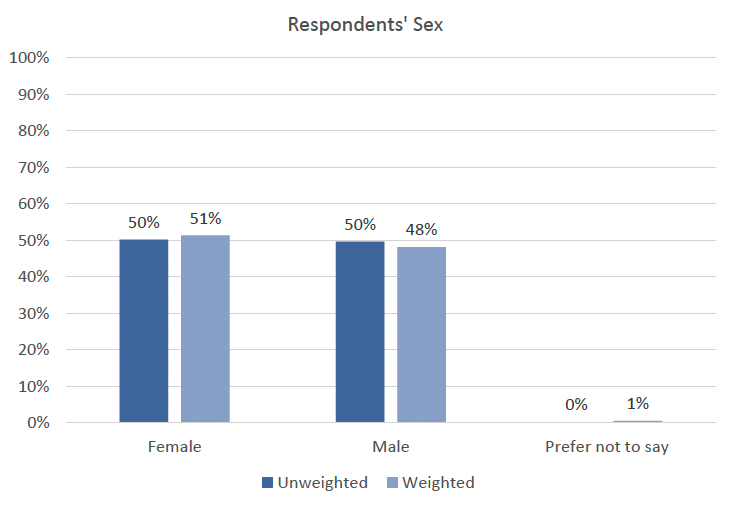
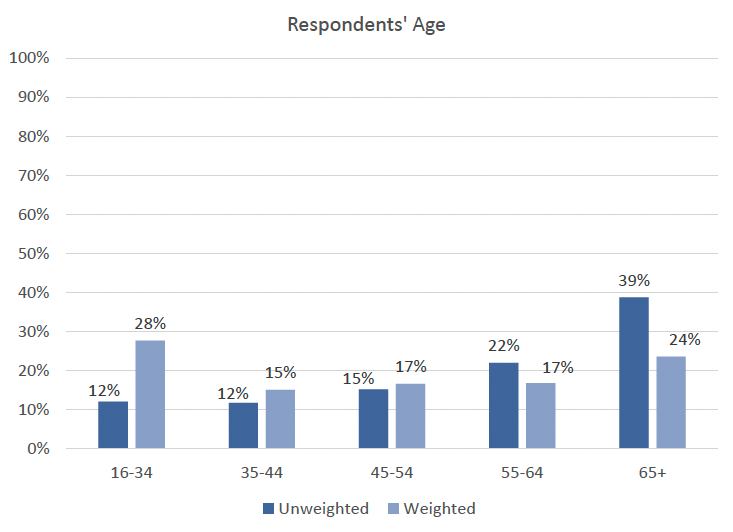
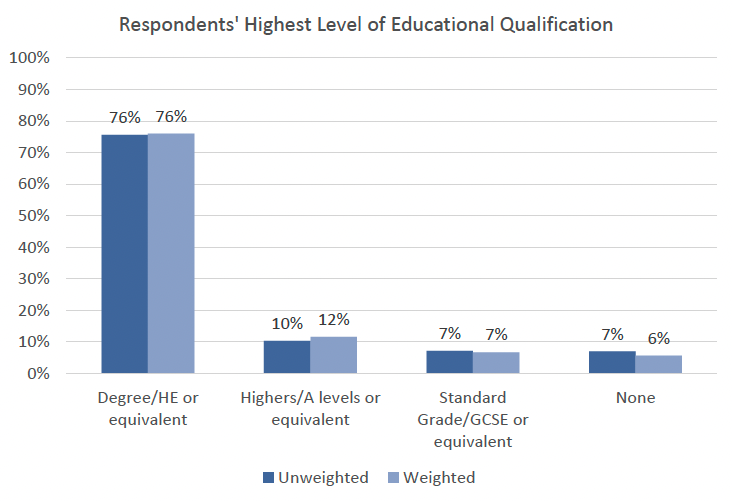
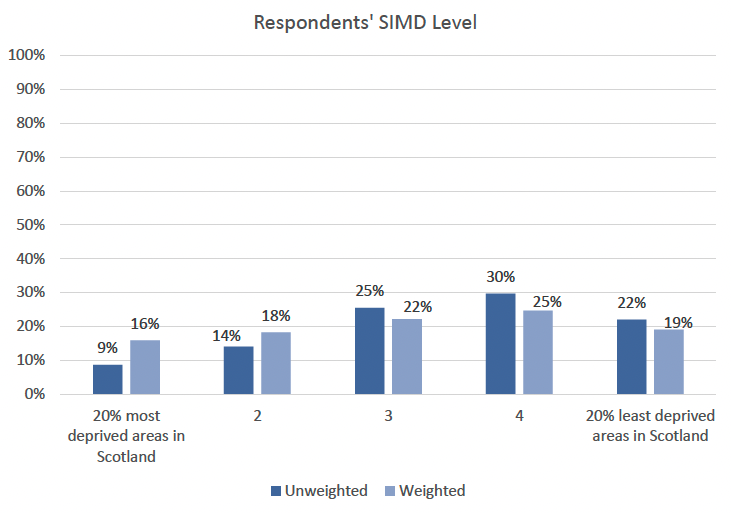
It is important to note that SIMD categorisation of an area is not representative of all the individuals that live within it. There can be individuals experiencing deprivation within areas classed as the 'least deprived'.
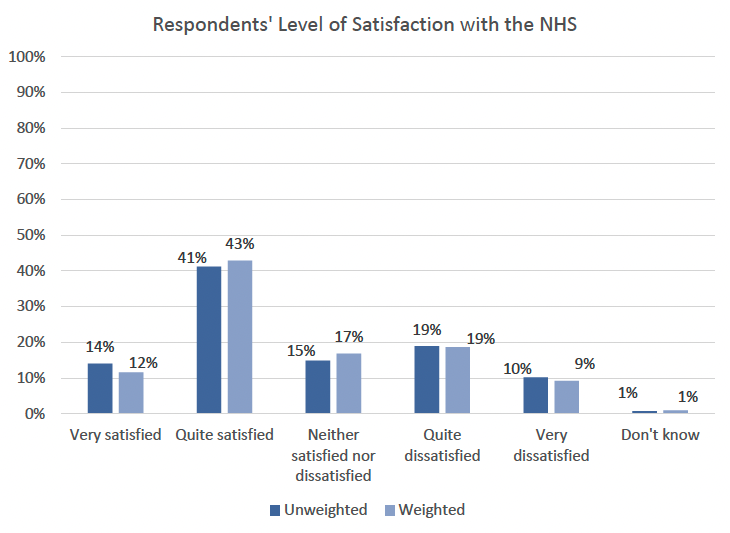
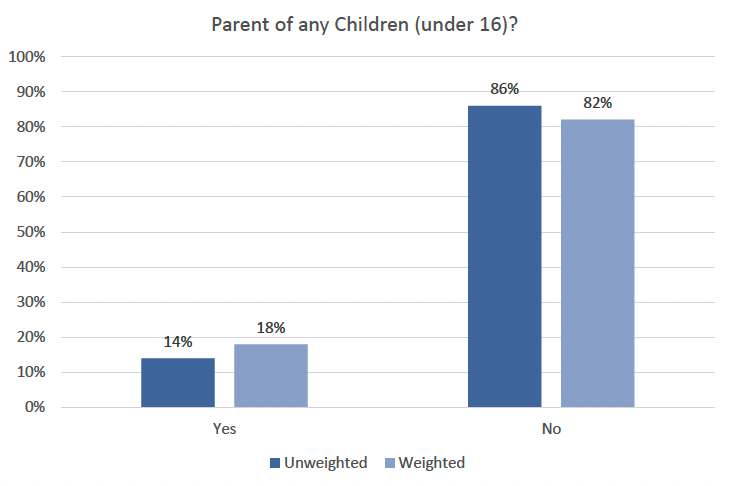
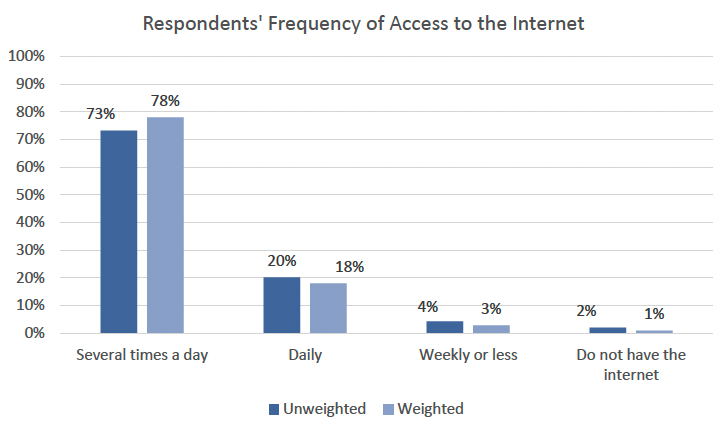
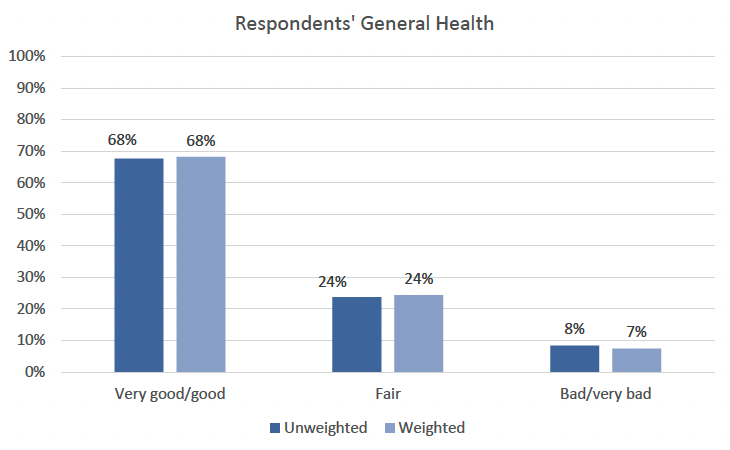
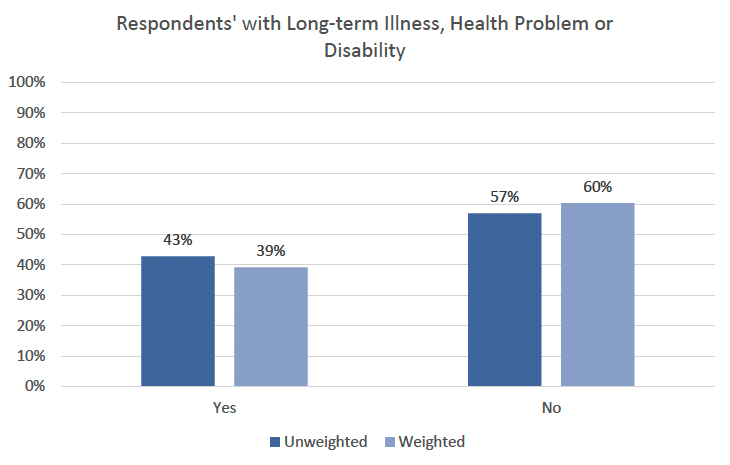
Contact
Email: socialresearch@gov.scot
There is a problem
Thanks for your feedback